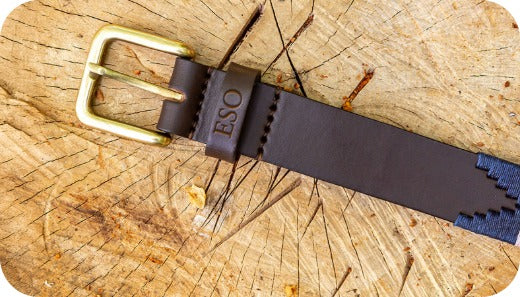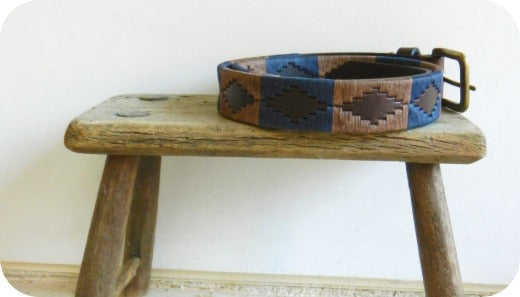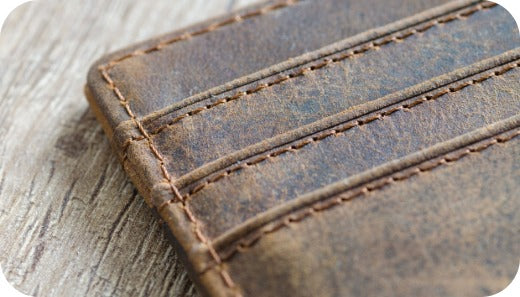A powerful movement sweeps across communities worldwide every September: the Zero Waste Week. It’s not about perfection, but about awareness, creativity, and the collective will to reduce waste.
What is Zero Waste Week?
Zero Waste Week is an annual, week-long awareness campaign that takes place every September, encouraging individuals, households, businesses, and communities to reduce the amount of waste they send to landfill or incineration. Founded in 2008 by UK environmentalist Rachelle Strauss after a personal wake-up call about the impacts of waste, the movement began as a small online challenge and has since grown into a global event involving participants from over 70 countries.
The upcoming Zero Waste Week dates are:
· 2025: 1 – 5 September
· 2026: 7 – 11 September
· 2027: 6 – 12 September
· 2028: 4 – 8 September
As of 2024, nearly 500 European cities are pursuing Zero Waste City certification, embarking on a journey of continuous improvement through prevention, reuse, and education.

Why zero waste matters
The statistics are sobering: The World Bank estimates that the waste generated by us worldwide will rise to 2.1 billion to 3.4 billion tonnes by 2050. Only 19% of our global waste is recycled, meaning more than 70% of waste ends up in open landfills, incinerators, or the oceans. This isn’t just about messy streets; it’s about greenhouse gas emissions, soil and water contamination, and the loss of finite resources.
Fashion and consumer goods packaging are one of the key contributors to this global issue. The plastic packaging or the plastic tags on your clothing and accessories end up in landfills and live long after the products themselves are gone.
Zero Waste is about more than just tossing less in the bin. It’s about redesigning our systems and lifestyles so that products, packaging, and materials are reused, repaired, and recycled, or better yet, never created as waste in the first place.
The 5 Rs of zero waste
If Zero Waste Week had a toolkit, it would start with the 5 R’s, which serve as a hierarchy for waste reduction:
-
Refuse what you don’t need: freebies, single-use items, unnecessary packaging.
-
Reduce what you do need: buy less, choose quality over quantity.
-
Reuse what you have: repair, share, and repurpose items.
-
Recycle what you can’t refuse, reduce, or reuse, but remember, recycling is not the first solution.
-
Rot (compost) organic waste: food scraps and garden trimmings can return to the soil.
This simple framework keeps you focused on prevention rather than end-of-pipe solutions.

What happens during Zero Waste Week?
During the campaign, people set personal goals, from going plastic-free for seven days to keeping all their week’s waste in a single jar. Local councils, schools, and businesses often host workshops, clean-up events, and swap meets. Social media is filled with tips, recipes, and clever upcycling ideas.
Some examples of activities:
-
Plastic-free cooking: preparing meals without single-use packaging.
-
Clothing swaps: exchanging garments instead of buying new ones.
-
Waste audits: checking your bin to identify waste hot spots.
-
Repair cafés: where volunteers fix electronics, clothes, and household items.
The week becomes a mix of creativity, problem-solving, and community spirit.
Myths about going zero waste
Many people think Zero Waste means fitting a lifetime’s rubbish into a mason jar, but that’s a misleading image. In reality:
-
It’s not all-or-nothing; even small changes count.
-
It’s not expensive; often, you save money by buying less.
-
It’s not only for environmentalists; it’s practical for anyone who wants to reduce clutter and live more mindfully.
The goal of Zero Waste Week and similar campaigns is progress, not perfection.
How can you join in?
You don’t need to overhaul your life overnight. For Zero Waste Week, you might:
-
Carry a reusable bottle, cup, and shopping bag.
-
Switch to loose fruit and vegetables instead of packaged ones.
-
Start a compost bin or join a community composting project.
-
Repair something instead of replacing it.
-
Say no to straws, plastic cutlery, and giveaways.
Even one action can spark a habit that lasts beyond the week.
The bigger picture
While individual action is essential, Zero Waste Week also sparks conversations about systemic change, from better product design to stronger recycling infrastructure and legislation against single-use plastics. When many people show interest in waste reduction, it sends a signal to companies and policymakers that change is both needed and supported.
pampeano’s step towards waste reduction: beyond Zero Waste Week
The fashion and accessories industry is one of the biggest waste producers, generating approximately 21 million tonnes of plastic waste, accounting for around 14% of all plastic pollution. This includes packaging, synthetic clothing fibres, and end-of-life materials.
pampeano has integrated waste reduction measures into how we run our business:
1. Using vegetable-tanned leather
90% of global leather production uses chrome tanning, which often causes heavy metal pollution and leaves chromium, sulphides, and acids that leach into the water bodies, causing water pollution. Vegetable tanning, by contrast, uses natural tannins derived from plants, requires fewer chemicals, and produces biodegradable waste.
2. Using plastic-free packaging
We package our products in elegant cardboard boxes and reusable cotton bags designed for a second life as pen holders, makeup brush organisers, or decorative vases.
Some brands’ reusable packages often don’t get reused because of bold, intrusive branding. That is why pampeano keeps it subtle: only a small pampa diamond emblem adorns the packaging, adding a touch of heritage-inspired elegance without overwhelming the design.
From swing tags to inner wraps and protective inserts, every element is completely plastic-free, reflecting our commitment to sustainability in every detail.

3. Offering repair services
We provide lifetime repair services, and it’s inspiring to see so many customers return with their well-loved old pampeano belts and leather goods, choosing to restore them rather than discard them.
4. Offering care guide
Every leather item comes with a concise printed pampeano goods care guide, detailing how to properly maintain the leather, canvas, and hand-stitched threads, ensuring your pampeano products stay beautiful and durable for years to come.
Final thought
Zero Waste Week is a reminder that we are not powerless in the face of environmental problems. Every item we refuse, reuse, or repurpose is a step toward a cleaner planet and a more sustainable future. Think of it as a challenge, but also as an invitation to live lighter, waste less, and make a difference.





